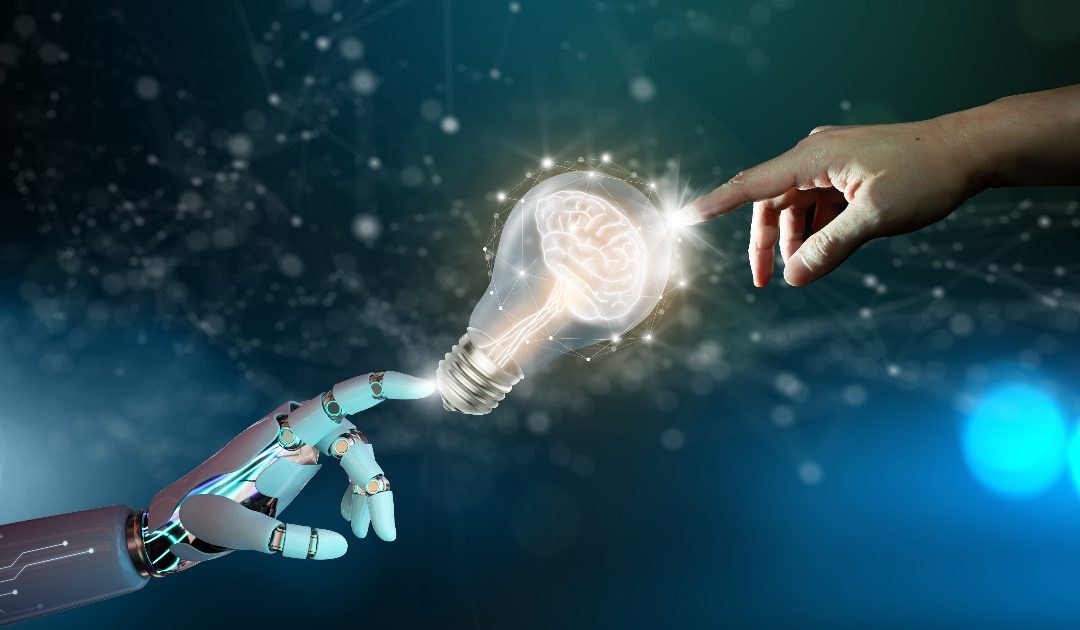Cybersecurity demands ingenuity and thinking unconventionally. This is why an increasing number of organizations are seeking individuals with interpersonal skills and from diverse backgrounds outside the technology sector to tackle the cyber skills shortage. With the threat environment growing more intricate and state-sponsored entities launching cutting-edge cyber assaults on essential infrastructure, there exists a necessity for cybersecurity experts who can foresee these attacks and devise innovative preventive measures.
Undoubtedly, a substantial portion of cybersecurity tasks is routine and redundant — such as monitoring logs and identifying false positive alerts. Artificial intelligence (AI) has proven to be invaluable in bridging the talent gaps for these types of responsibilities. Furthermore, AI has also demonstrated its usefulness in many areas similar to the creative ingenuity required in handling threats, like managing more sophisticated threat actors, the swift surge in data, and the hybrid infrastructure.
Nonetheless, many companies are recognizing the value of AI, particularly generative AI (gen AI), in managing a larger portion of creative work — not just in cybersecurity but also in fields like marketing, public relations, writing, and research. However, is the utilization of AI by these organizations posing a threat to the significance of human creativity in threat detection?
The Importance of Creativity in Cybersecurity
The fundamental reason why cybersecurity necessitates imaginative individuals is that threat actors are already devising novel strategies to infiltrate systems. Are they employing gen AI to carry out their attacks? Absolutely; phishing emails have never been more linguistically adept or realistic. Prior to the availability of AI, threat actors were engineering social engineering attacks that enticed clicks. Presently, they have progressed from simply attracting victims to maximizing the impact of a single attack post-victim enticement.
Creativity involves not only conceiving new ideas but also the capacity to view matters comprehensively and interpret historical data or identify sources of information that might not initially seem relevant. For instance, creative thinking is indispensable for tasks like:
- Proactively hunting threats or forecasting a threat actor’s next move and uncovering their digital footprints within a system
- Unearthing concealed evidence during a forensic investigation
- Interpreting historical data in anomaly detection
- Distinguishing between a legitimate email or document and a meticulously crafted phishing attack
- Validating new zero-day attacks and other malware strains identified within previously undiscovered vulnerabilities
While AI can enhance human creativity, gen AI tends to make numerous errors. Users have encountered situations where AI falsely flagged original work for plagiarism or presented inaccurate data, invalidating the analyses by human experts. AI algorithms are also prone to biases that could lead to inaccurate positive identifications.
Discover AI cybersecurity solutions
The Role of AI in Innovative Cybersecurity and More
While many innovative individuals, including cybersecurity professionals, perceive gen AI as a mixed blessing, a significant portion embraces the technology due to its substantial time-saving benefits.
“Gen AI can significantly accelerate prototyping since the expansive language models can assume the responsibility for code refactoring and documentation,” elucidated Aili McConnon in an IBM blog entry. Furthermore, the article highlighted how AI tools can facilitate rapid prototyping and visualization of concepts within minutes, as opposed to hours or days.
The fusion of creativity with AI aids in identifying upcoming leaders. As per IBM’s research, two-thirds of corporate leaders have acknowledged that AI influences their growth, with four specific scenarios — IT operations, user experience, virtual assistants, and cybersecurity — being the most favored applications among leaders.
“A Learner typically replicates predefined scenarios using off-the-shelf technologies,” quoted Dr. Stephan Bloehdorn, Executive Partner and Practice Leader, AI, Analytics, and Automation-IBM Consulting DACH, in the survey. “Whereas, a Leader pioneers custom innovations.”
Excessive Dependence on AI?
With gen AI becoming increasingly prevalent in the workplace and more creatives and leaders relying on it to actualize their concepts, is there a risk of leaning too heavily on the technology to the extent that it hampers the development of other crucial skills, such as data analysis and the formulation of viable solutions?
Stephen Kowski, Field CTO at SlashNext Email Security+, mentioned that it’s uncertain whether organizations are relying excessively on gen AI, but it is gradually becoming a deliberate element due to inadvertent resource allocation repercussions within organizations.
“While AI excels in processing vast volumes of threat data, real-world attacks constantly surpass historical patterns, necessitating human expertise to identify and combat zero-day threats,” highlighted Kowski in an email exchange. “The focal point should be on finding the ideal equilibrium wherein AI handles routine high-volume detection while competent analysts investigate innovative attack patterns and strategize responses.”
Conversely, Kris Bondi, CEO and Co-Founder of Mimoto, remains unworried about AI leading to a skills decline — at least in the foreseeable future.
“One of the primary challenges for cybersecurity professionals is dealing with an abundance of alerts and false positives. AI can only automate a fraction of responses. It’s more plausible that AI will eventually automate additional prerequisites for individuals deemed suspicious or escalate alerts so that humans can evaluate the situation,” Bondi expressed via email.
Nonetheless, organizations should be vigilant regarding AI’s role in defining threat-hunting parameters. “If AI single-handedly dictates threat-hunting parameters without periodic checks or audits, the threat intelligence approach might veer off course. The solution lies in exhibiting greater reliance on critical thinking and analytical competencies,” advised Bondi.
Embracing Creativity in an AI-Powered World
AI, overall, and gen AI, in particular, are set to be enduring facets of the business realm. They will play a pivotal role in how organizations and analysts approach cybersecurity defenses and mitigations. Nonetheless, the soft skills contingent on creative thinking will continue to hold a significant and indispensible role in cybersecurity.
“Rather than diminishing soft skills, AI integration offers the prospect to elevate the importance of communication, collaboration, and strategic thinking, as security teams must effectively communicate complex findings to stakeholders,” remarked Kowski. “The human facets of cybersecurity — leadership, adaptability, and cross-functional partnerships — are becoming even more vital as AI handles the technical brunt of the workload.”

